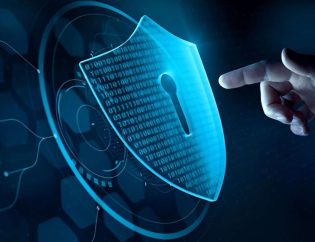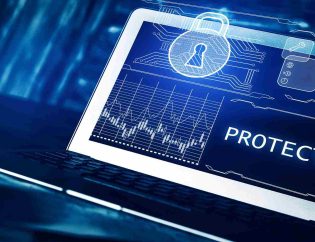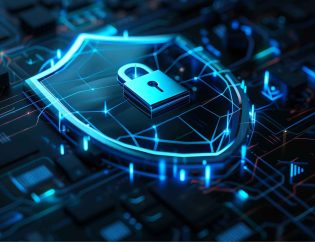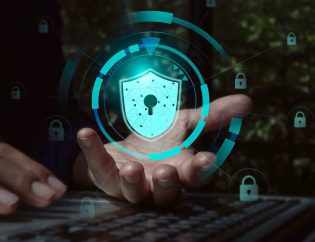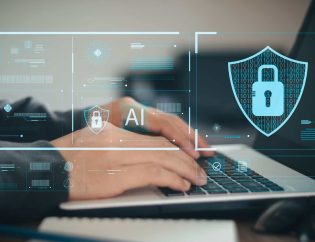
Introduction
Endpoint security challenges are increasing as businesses continue to digitize and expand their networks. With remote work becoming the norm and employees using personal devices for professional purposes, organizations must tackle these challenges head-on. Endpoint devices, such as laptops, smartphones and IoT gadgets, are prime targets for cyberattacks and failure to secure them can have catastrophic consequences. This article explores the challenges, their impact and actionable strategies to ensure endpoint security.
Table of Contents
What is Endpoint Security?
Endpoint security refers to protecting endpoint devices—such as laptops, desktops, tablets, smartphones and IoT devices—from cyber threats. These devices serve as gateways to corporate networks, storing sensitive data and facilitating daily operations.
The risks to endpoints have increased with hybrid work environments and bring-your-own-device (BYOD) policies. Cybercriminals exploit vulnerabilities in these devices through phishing, malware and ransomware attacks. As endpoints grow in number and diversity, organizations need robust security frameworks to protect their networks effectively.
Key Endpoint Security Challenges in Modern IT
Organizations face numerous challenges when managing endpoint security. Below are some of the most pressing issues:
BYOD and Device Diversity:
Employees often use personal devices for work, which may lack essential security controls. Additionally, organizations must manage a wide variety of devices with different operating systems and configurations.
Remote Work Security Gaps:
With employees accessing corporate systems from home, endpoints are exposed to unsecured networks, increasing the risk of cyberattacks.
Outdated Software and Patching Delays:
Unpatched devices are common entry points for attackers, as they exploit known vulnerabilities in outdated software.
Sophisticated Cyber Threats:
Malware and ransomware have become more advanced, often bypassing traditional antivirus tools.
Lack of Endpoint Visibility:
Many organizations struggle to monitor all connected devices, making it harder to detect potential threats.
Additional Challenges
Partnering with an Endpoint Security Company can help organizations deploy advanced solutions, monitor threats in real-time and manage endpoint devices efficiently. Such companies provide tailored security frameworks to combat evolving cyber threats and ensure compliance with data protection regulations.
🚨 Endpoint security challenges are on the rise with remote work and BYOD policies. Protect your devices with tools like EDR, encryption, and MFA to stay ahead of evolving threats. #CyberSecurity #EndpointProtection
— Hyper Secure (@HyperSecure) December 14, 2024
Impact of Endpoint Device Management Challenges
Neglecting endpoint security can lead to significant consequences for businesses:
1. Data Breaches
Endpoints often store sensitive data such as customer information, financial records, or intellectual property. A breach can lead to unauthorized access, theft, or loss of this data.
2. Operational Disruptions
Endpoint attacks, such as ransomware, can disrupt business operations, halt production and cause prolonged downtimes, costing organizations time and money.
3. Regulatory Non-Compliance
Industries like healthcare and finance require strict data protection measures. Failing to secure endpoints can lead to legal penalties and reputational damage.
4. Financial Losses
Recovering from endpoint security breaches involves direct costs, such as incident response and indirect costs, like customer loss and reputational harm.
5. Reputation Damage
A single security incident can erode customer trust, making it difficult for businesses to recover their market position.
Real-Life Example
In 2022, a global retailer faced a significant breach caused by an unprotected endpoint device. Attackers accessed customer credit card data, resulting in a $50 million penalty and lasting reputational damage.
How to Overcome Endpoint Security Risks
Practical Steps for Endpoint Security
Implement Zero-Trust Security Models:
Always verify user identity and device health before granting access.
Deploy Endpoint Detection and Response (EDR) Tools:
These tools offer real-time monitoring and threat mitigation.
Regularly Patch Devices:
Ensure all devices are updated with the latest security patches to close vulnerabilities.
Encrypt Sensitive Data:
Data encryption prevents unauthorized access, even if devices are compromised.
Conduct Employee Training:
Educate employees on recognizing phishing attacks, setting strong passwords and following company policies.
Best Practices
Key Tip:
Regular security audits can help identify gaps and strengthen defenses.
Tools and Technologies for Effective Endpoint Security
Organizations can leverage advanced tools to address endpoint security challenges effectively. Below is a table outlining some essential technologies:
Tool/Technology Purpose
| Tool/Technology | Purpose |
|---|---|
| Endpoint Detection (EDR) | Real-time monitoring and threat response. |
| Data Encryption | Secures sensitive data on devices. |
| Patch Management Tools | Automates software updates and fixes. |
| Firewall Solutions | Blocks unauthorized traffic. |
| MFA (Multi-Factor Authentication) | Adds an extra layer of login security. |
Frequently Asked Questions (FAQs)
1. What are endpoint security challenges?
Endpoint security challenges include securing devices from threats, ensuring timely updates and enforcing consistent security policies across all endpoints.
2. Why is endpoint security essential?
Endpoint security prevents breaches, ensures data protection and helps organizations comply with regulations, reducing the risk of financial and reputational losses.
3. How can companies improve endpoint security?
Organizations can use tools like EDR, implement Zero-Trust models and conduct regular training sessions to enhance endpoint security.
4. What happens if endpoints are not secured?
Unsecured endpoints can lead to data breaches, financial losses, operational downtime and regulatory penalties.
5. How do EDR tools protect endpoints?
EDR tools monitor devices in real-time, detect unusual activity and respond to potential threats before they cause harm.
6. What is the role of encryption in endpoint security?
Encryption secures sensitive data, ensuring that even if a device is stolen, the data remains protected.
Conclusion
Endpoint security challenges are unavoidable in today’s interconnected IT environments, but with proactive measures, businesses can safeguard their networks and operations. Hyper Secure provides end-to-end solutions to mitigate risks, enhance security and ensure compliance. Trust us to protect your endpoints and keep your business running smoothly.
